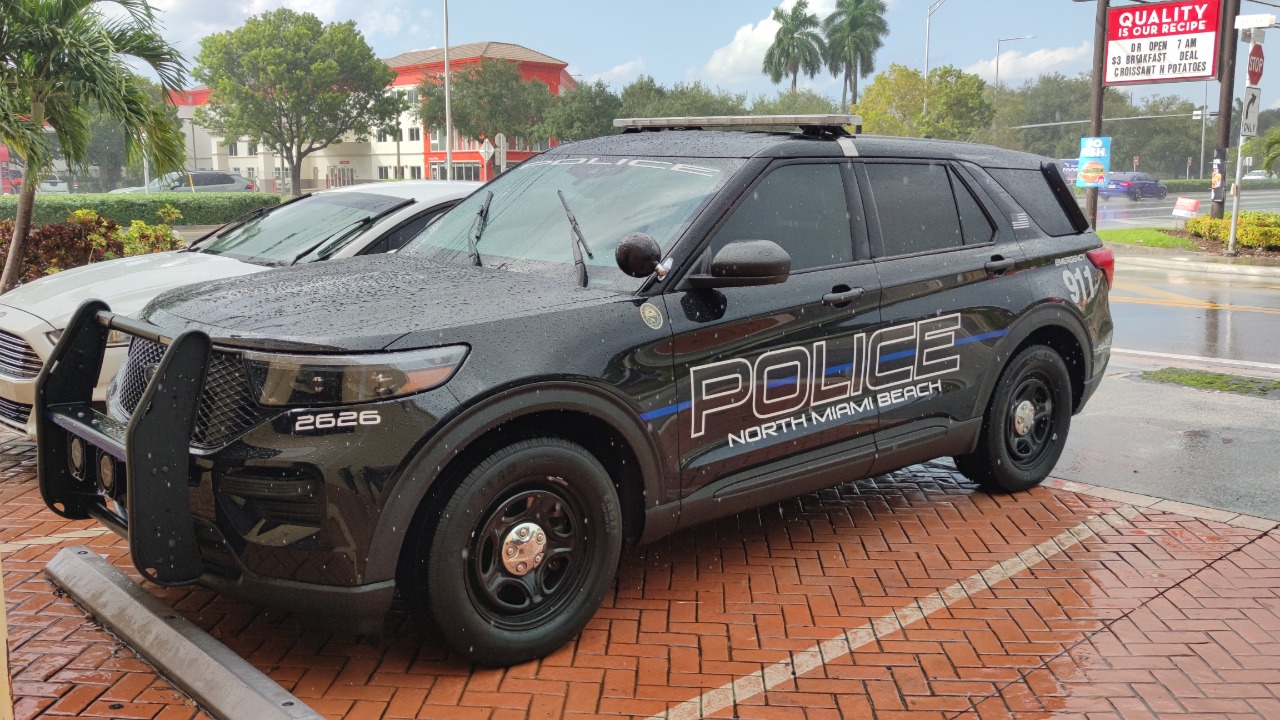
As we navigate the digital era, we see an increasing number of police departments globally investing in significant upgrades for their fleets. This significant shift from traditional police cruisers to high-tech fleets is a fascinating trend, marked by potential benefits such as cost savings, efficiency gains, and improved service quality. Let’s delve into the details of this transition.
The Rise of High-Tech Police Fleets
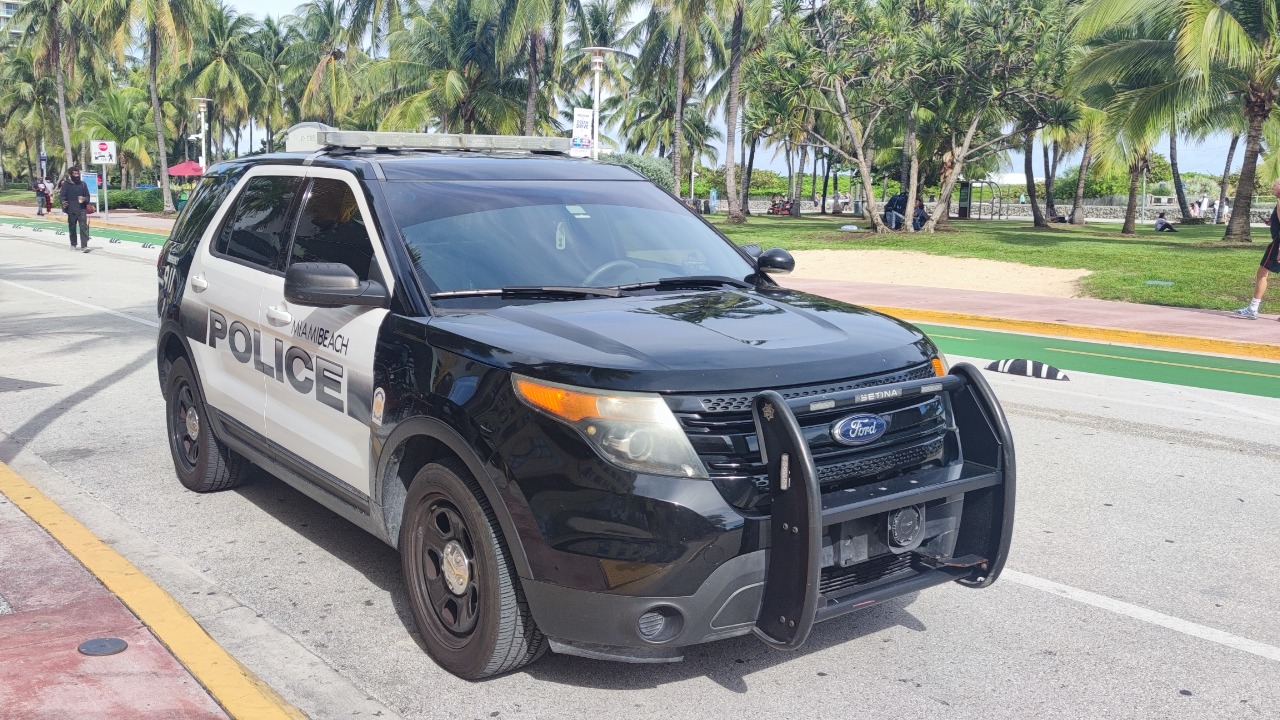
Across the globe, police departments are increasingly embracing high-tech fleets, replacing traditional patrol cars with technologically advanced vehicles. This shift is driven by several factors, including the need to improve efficiency, reduce costs, and enhance safety. Integrating new technologies, such as GPS tracking, advanced communication systems, and even alternative fuel options, these modern police vehicles offer a wide range of capabilities that go beyond mere transportation.
The transition to high-tech fleets is not an overnight change but rather a gradual shift. Police departments often run pilot programs to test the effectiveness and reliability of new technologies before fully integrating them into their operations. This careful, methodical approach ensures that the transition to high-tech fleets is smooth and beneficial for all stakeholders involved.
The Role of Fleet Management Software
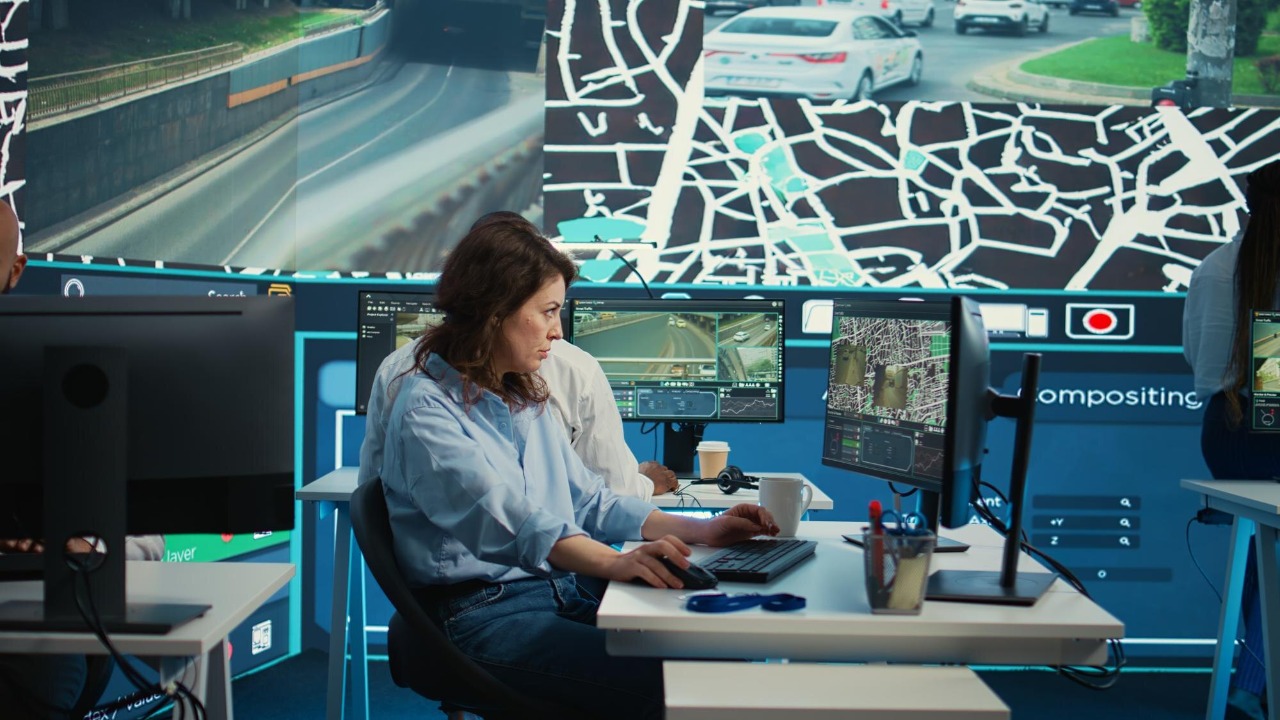
Central to the operation of high-tech police fleets is fleet management software. This software allows police departments to track and manage their vehicles efficiently. From vehicle location and fuel consumption to maintenance schedules and driver behavior, fleet management software provides a wealth of data that can help optimize operations.
Using this software, police departments can monitor their fleets in real-time, quickly respond to emergencies, and efficiently allocate resources. The software also facilitates preventive maintenance, which can help prolong the lifespan of vehicles and reduce repair costs. Therefore, the role of fleet management software in the operation of high-tech police fleets cannot be underestimated.
Cost-Savings and Efficiency Gains with High-Tech Fleets

One of the most significant benefits of high-tech police fleets is the potential for cost savings. According to a study by the Urban Institute, transitioning to high-tech fleets can result in substantial savings for police departments. This is primarily due to reduced fuel consumption, lower maintenance costs, and improved vehicle lifespan.
Aside from cost-saving benefits, high-tech fleets also offer efficiency gains. Advanced tracking systems allow for better dispatching, reducing response times in emergencies. Moreover, the data collected by fleet management software can be used to optimize routes, further improving efficiency and reducing fuel consumption. Thus, the transition to high-tech fleets presents a win-win situation for police departments, offering potential savings and improved service quality.
Transitioning to Darker Cruisers: A Controversial Move
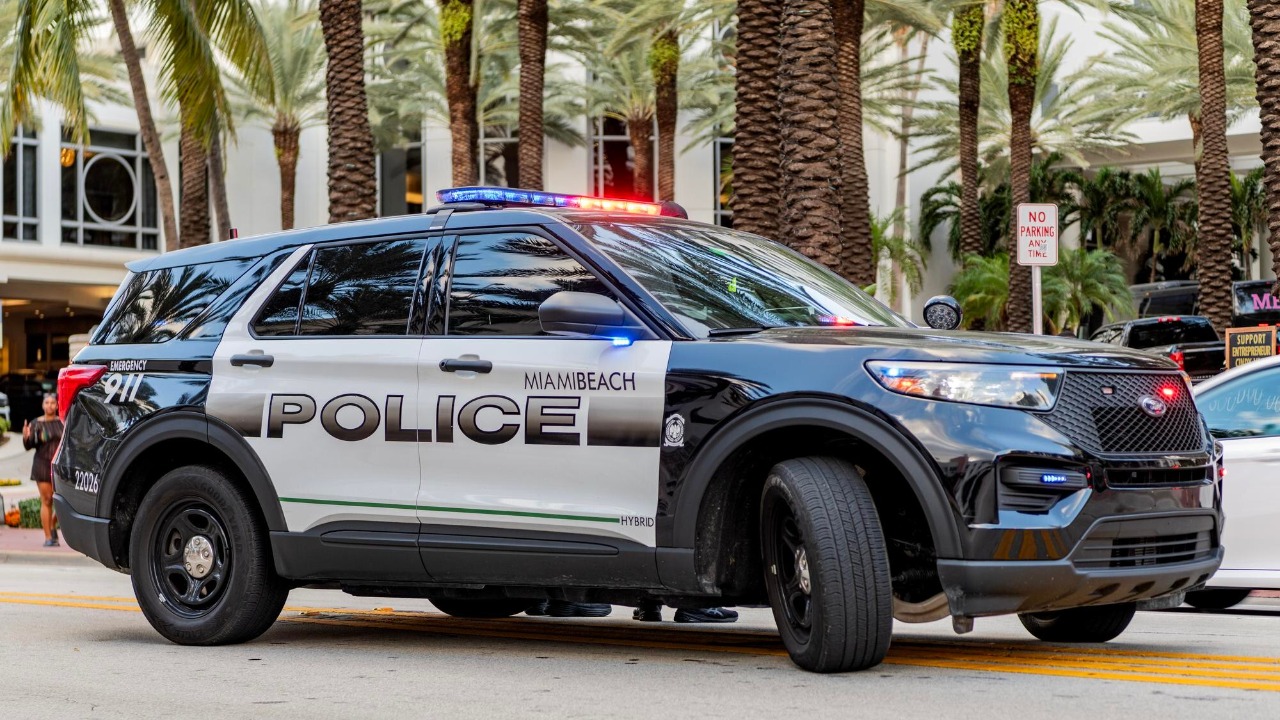
As police departments transition to high-tech fleets, some are also opting for darker cruisers. Critics argue that this trend towards darker patrol cars can be disturbing and intimidating. However, proponents claim that darker cruisers are more visible in low-light situations, thereby enhancing officer safety.
The decision to switch to darker cruisers is not without controversy. As highlighted in a Guelph Mercury article, critics argue that darker cruisers can contribute to a militarized image of the police, leading to increased fear and mistrust among the public. On the other hand, proponents argue that the switch is purely functional and has no ulterior motives. This debate continues as more police departments consider the switch to darker cruisers.
Case Studies of Successful High-Tech Fleet Transitions
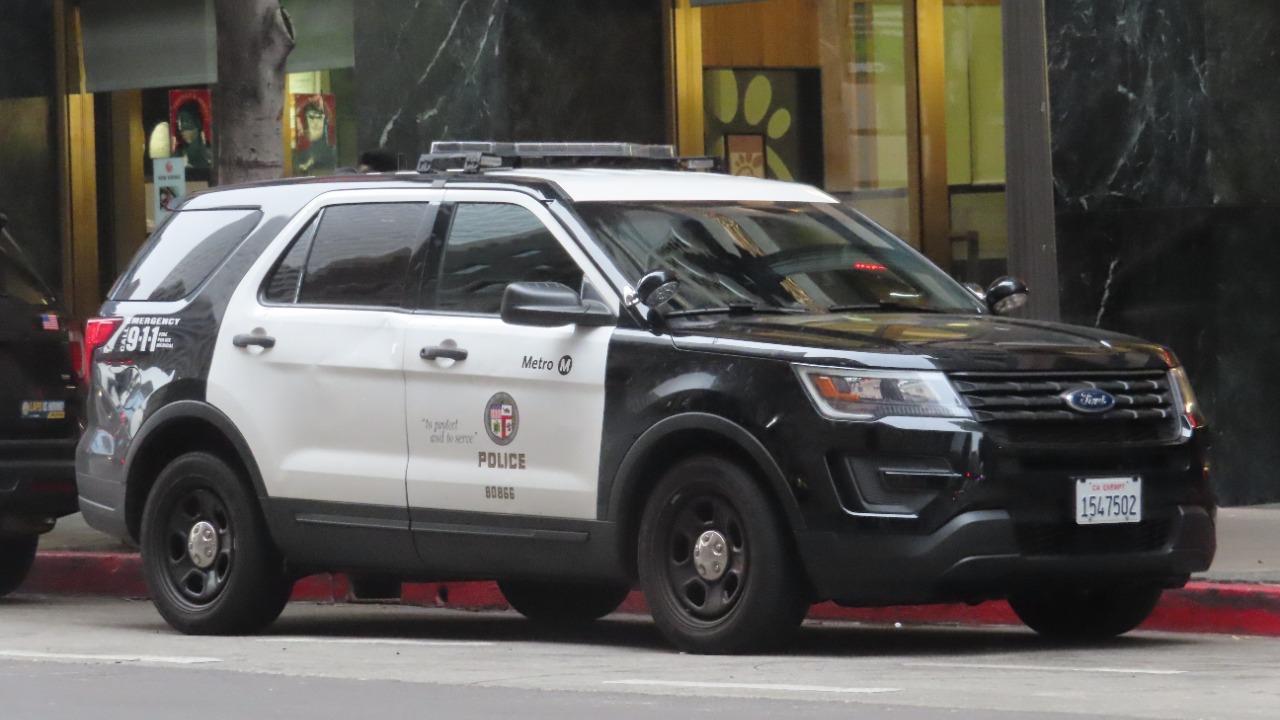
Several police departments have successfully transitioned to high-tech fleets. For example, the Los Angeles Police Department has started using BMW i3 electric cars as part of their fleet. Another example is the New York Police Department’s use of hybrid vehicles, which has led to substantial fuel savings. These examples demonstrate the potential benefits of high-tech fleets and serve as a blueprint for other departments considering a similar transition.
However, transitioning to a high-tech fleet is not without challenges. Police departments often face budget constraints, resistance from officers, and logistical issues. Despite these challenges, many departments have managed to overcome these obstacles and successfully transition to high-tech fleets. A ProQuest case study and a YouTube video provide detailed accounts of such successful transitions, providing valuable insights into the process.